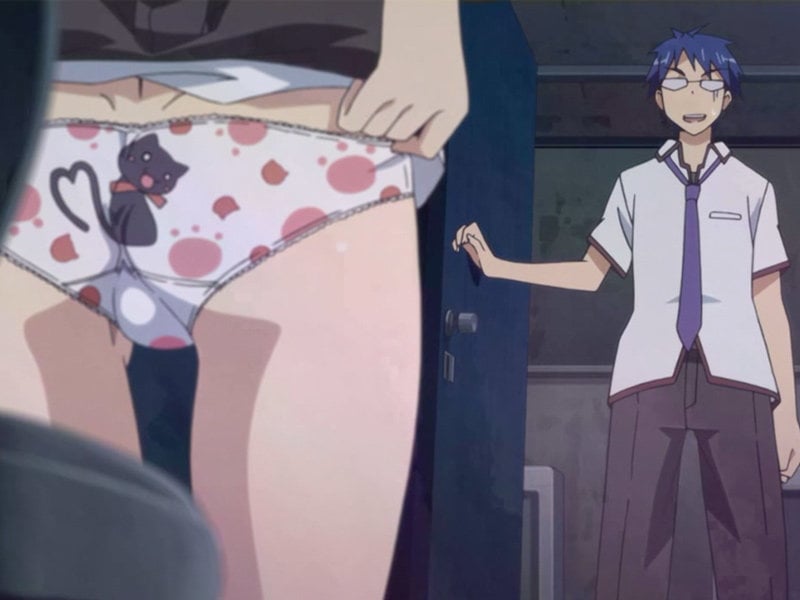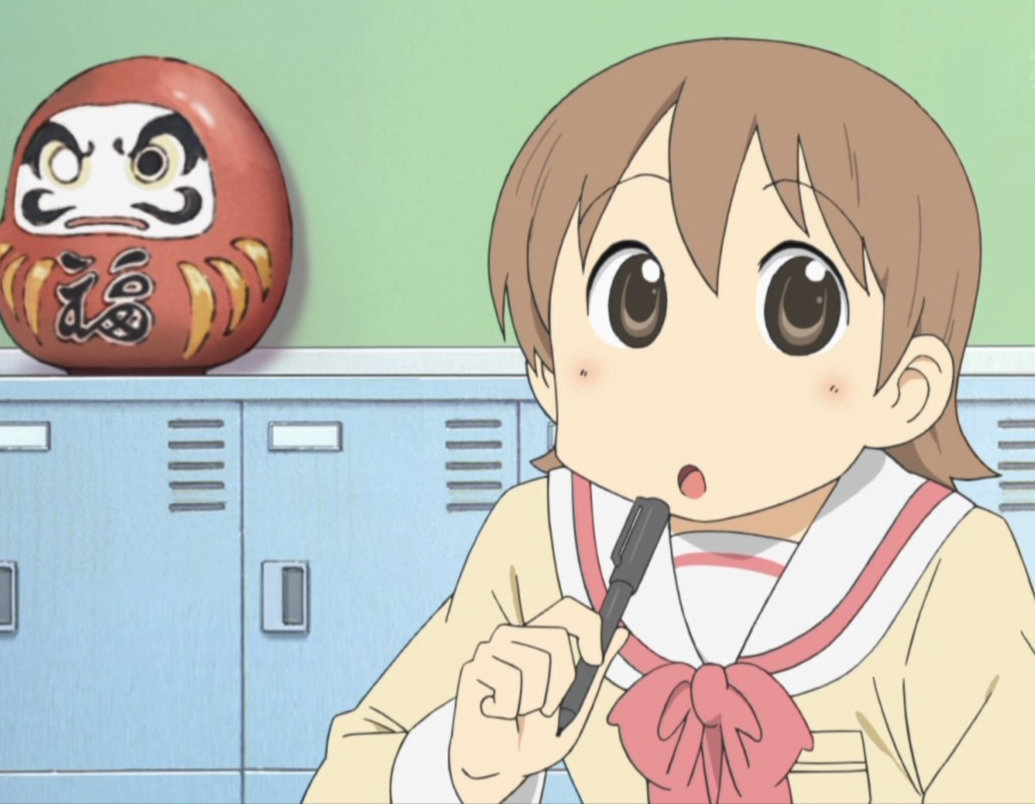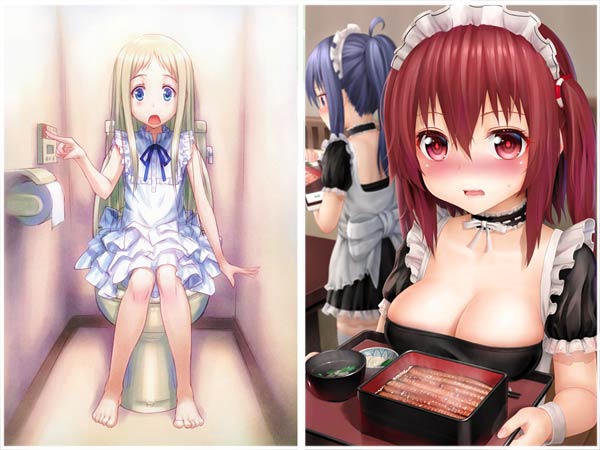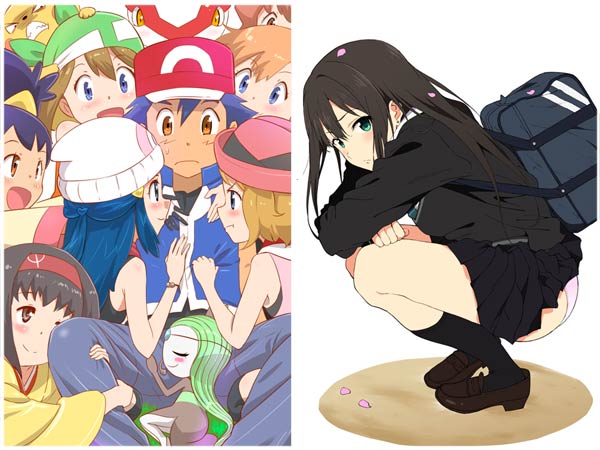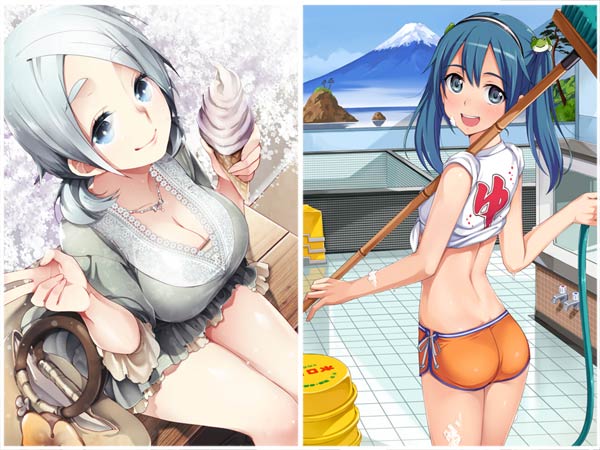Hello again from all of us in Japan!
It’s official: as of 2003, there are more drivers on Japanese roads aged 65 or older than young drivers aged 18-24, with the oldest licensed driver in Japan a hale 104. The aging of Japan continues, brought on by one of the lowest birthrates of any industrialized country (1.33 babies born per female) and the lack of immigration. As the population gets older, companies are moving to create products and services for them. It seems every third TV commercial on daytime television is for companies selling products for older Japanese, including ways to remodel your house and make it “barrier free,” a term the Japanese have coined meaning a living space that’s free of stairs and other obstacles that make it hard for the elderly or disabled to live. Diapers for adults and hair-loss products, including those for women, are also advertised openly on TV. Insurance companies like Zurich and AFLAC have found a profitable business in Japan, selling supplemental insurance to elderly Japanese who worry about being hospitalized and not having enough insurance to cover the costs.
Written Japanese can be quite confusing. In general, kanji characters in Japanese have two readings, a Japanese reading and a Chinese one (there are many exceptions to this rule). Because there are two ways to pronounce most characters, there is often confusion about which pronunciation is “official” in a given situation. The character for mountain is read with the Japanese reading of “yama,” but paired with the names of mountains, you usually use the Chinese reading of “san”: hence, the name of Mt. Fuji in Japanese should be Fuji-san and not Fuji-yama. However, there are parts of Japan that do use Fuji-yama for the official name, for no reason that I can fathom other than regional dialect differences. Similarly, our favorite soba restaurant is a local place called Soba-gura (literally “soba warehouse”). But the character for warehouse can also be read “zo,” and to this day I’m not really sure if the restaurant I’ve been going to for years is called Soba-gura of Soba-zo.
Japan is a great place, far ahead of the rest of the world in such important cultural areas as cellular phones, stylish refrigerators with doors that open either from the left or the right, toilet seats that wash your butt (and dry it), and wonderful massage chairs that bathe you in negative ions as you get massaged. But there are some areas where Japan lags behind the rest of the world. Japanese clothes dryers all lack vents leading to the outside of your house, creating unpleasant humidity while your clothes are being dried. Japan has many choices for good ethnic eating, but Mexican isn’t something the Japanese ever developed a taste for — no chips or salsa here. Bagels are also an alien thing to the Japanese, and are very hard to find. And Japanese peanut butter is, well, so over-sweetened that no American could be happy eating it. So I make sure to bring back a couple jars of Peter Pan every time I go back to the States.


